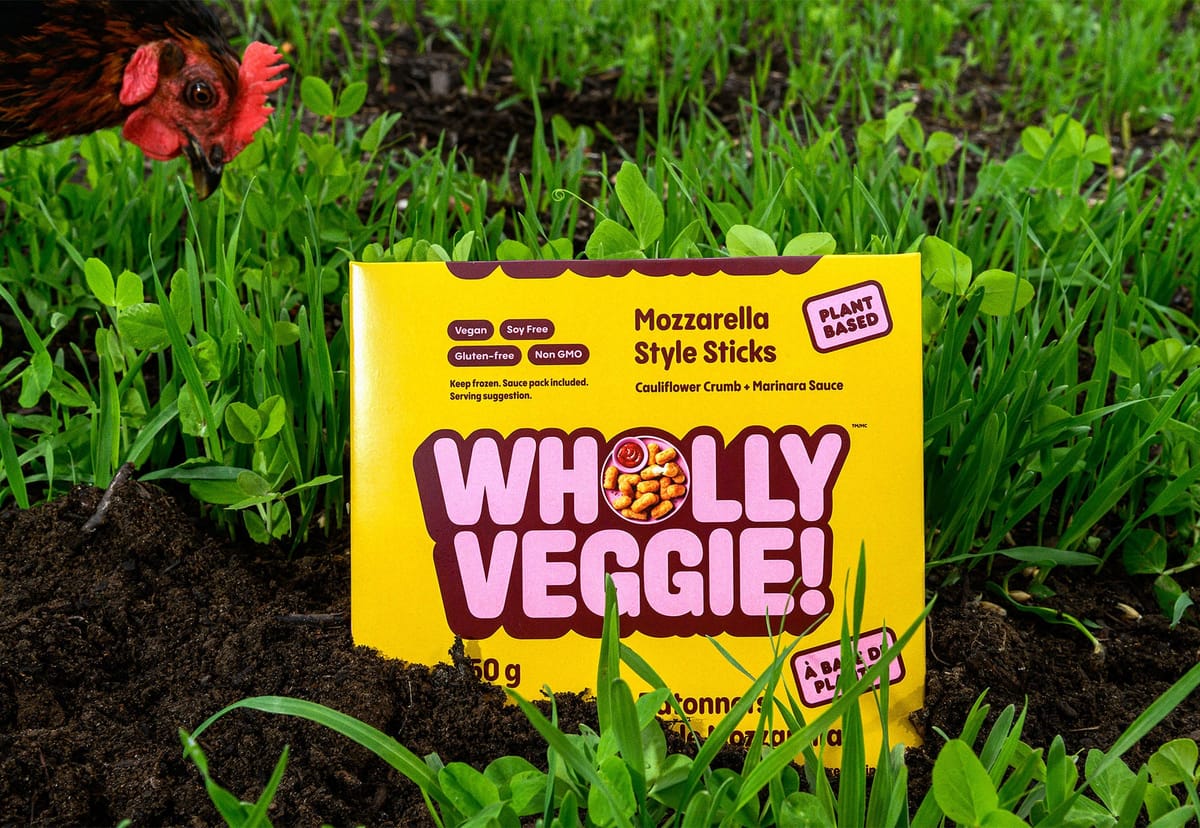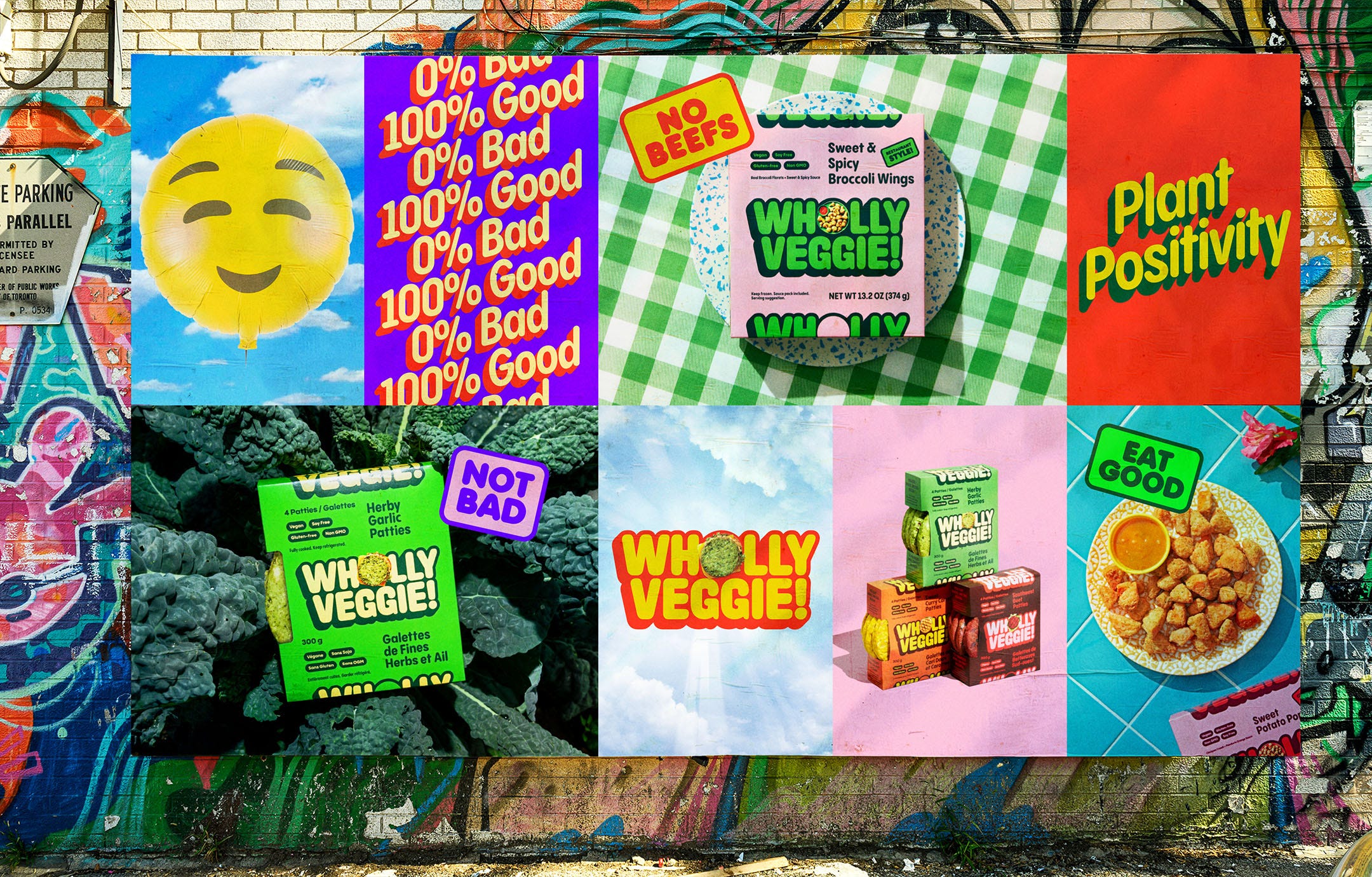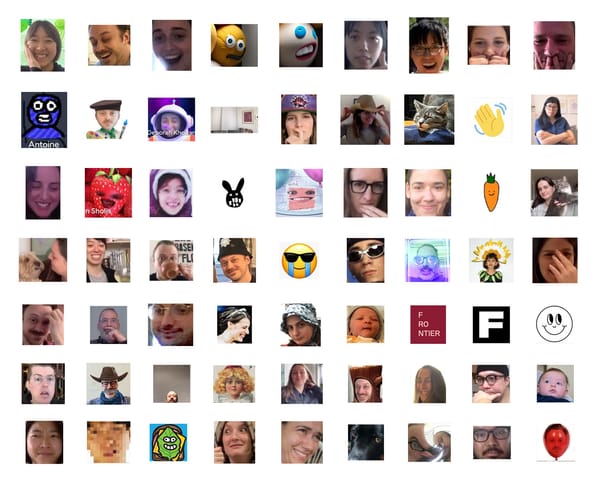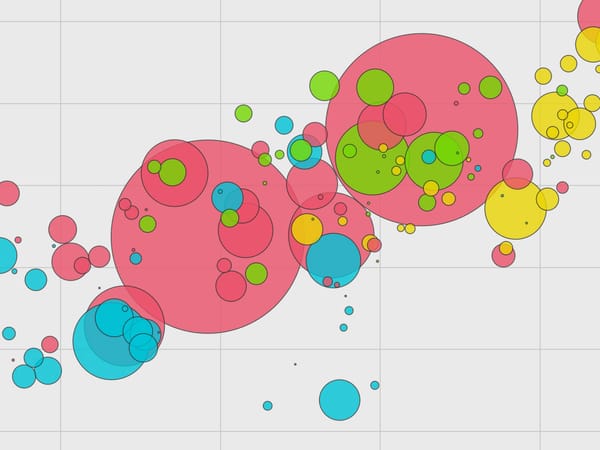Shelf Life
On giving vegetables a fun rebrand and fighting for attention in the freezer aisle

Co-founder John Bonnell and designer Chris Braden on rebranding Wholly Veggie with the goal of giving vegetables a fun makeover and fighting for attention in the freezer aisle (and beyond).
“The food industry has become a lot more dynamic in the last few years. The barriers to entry, like access to commercial kitchens, have dropped, and most major retailers are increasingly focused on private labels. All industries have their challenges, but it seems like this one gets more challenging every month.” That’s John Bonnell, and the competitive landscape he’s describing is not one we often picture as cutthroat: the freezer aisle. Bonnell is the co-founder of Wholly Veggie, a food-and-beverage startup in Toronto on a mission to democratize healthy foods made from vegetables.
With sales of its vegetable-based prepared foods growing, in early 2021 it seemed to Bonnell like the right time to rebrand. “Like many young brands, we didn’t have the budget to bring in a proper agency and formally develop our strategy. Instead our look and feel changed over time with work that reflected different design leads and alternating strategies. That inconsistent identity needed fixing.” The company chose to work with the Toronto studio Public Address. Chris Braden, its co-founder and chief creative officer, says, “They were not looking for someone who had direct experience in their corner of the market, but people who could help them rethink the category. They wanted someone to challenge them.”
Wholly Veggie’s team knew its mission and emphasis on ethical business practices differentiate it from most of the company’s competitors, and those differences would be key: “The only way we can survive in this new, hostile environment,” Bonnell says, “is to have a defensible story and a unique purpose that is going to give customers a reason to buy.”
Bonnell also wants the company to expand into other product lines, so “we walked a bunch of stores on both sides of the US-Canada border with Chris and his team. We jumped from aisle to aisle in search of brands with an identity clear enough that it could be identified across several categories.” Braden adds, “Everything seemed to fall into three categories: faux farmer’s-market rustic; a lab-to-table, slightly technical aesthetic; or companies focusing on nutrition, on food as fuel. What we didn’t see was, well, anything fun.”
Those were the two actionable insights. Recognizing that every frozen-pizza company puts a large product photo on the box, Braden thought, “We can either play this game and try to get the best pizza photo ever, or we can make the pizza the smallest thing and focus 80–90% of the packaging on the brand.”

The visual identity Public Address designed includes bold colors and a logo set in a rounded sans-serif typeface. It was partly to distinguish Wholly Veggie from the three “templates” identified in its research and partly context-specific: “As we were doing our testing, we built a Photoshop mockup of a foggy freezer door. Could you still identify the brand behind the condensation? The bright colors, the super-big logo make a difference.”
And the result is certainly fun. “Some people assumed the boxes are for candy,” Braden adds. “And that’s great! The last thing we want is for people to see this brand as ‘good-for-you’ boring. Nutritious can be delicious. It’s fun food that happens to be made of plants.” He adds, “If people eat more vegetables, we’re all better off. If we can make the products appealing to as many people as possible, we’ve done our job well. There are people for whom food is a focus in their lives. This brand is not limited to them.”
Bonnell says the opportunity now is to further articulate the company’s story, which includes, for example, partnering with another startup that upcycles imperfect vegetables that might otherwise go to waste. He returns to the idea of competition, saying, “If you’ve got something special, you’ve got to talk about it. Our purpose-driven story is the reason why we exist.”
When I ask whether the company’s growth is adding complexity and making it harder to tell that story, he responds, “We’re trying to simplify our business, to recognize there is a lot of stuff we don’t need to be doing. We want to make sure that every time we think about a new product, every time we devise a marketing strategy, our purpose is there. We want purpose to be as critical to our plans as making money. If a choice we’re debating doesn’t deliver on our purpose, we can’t move forward with it.”





